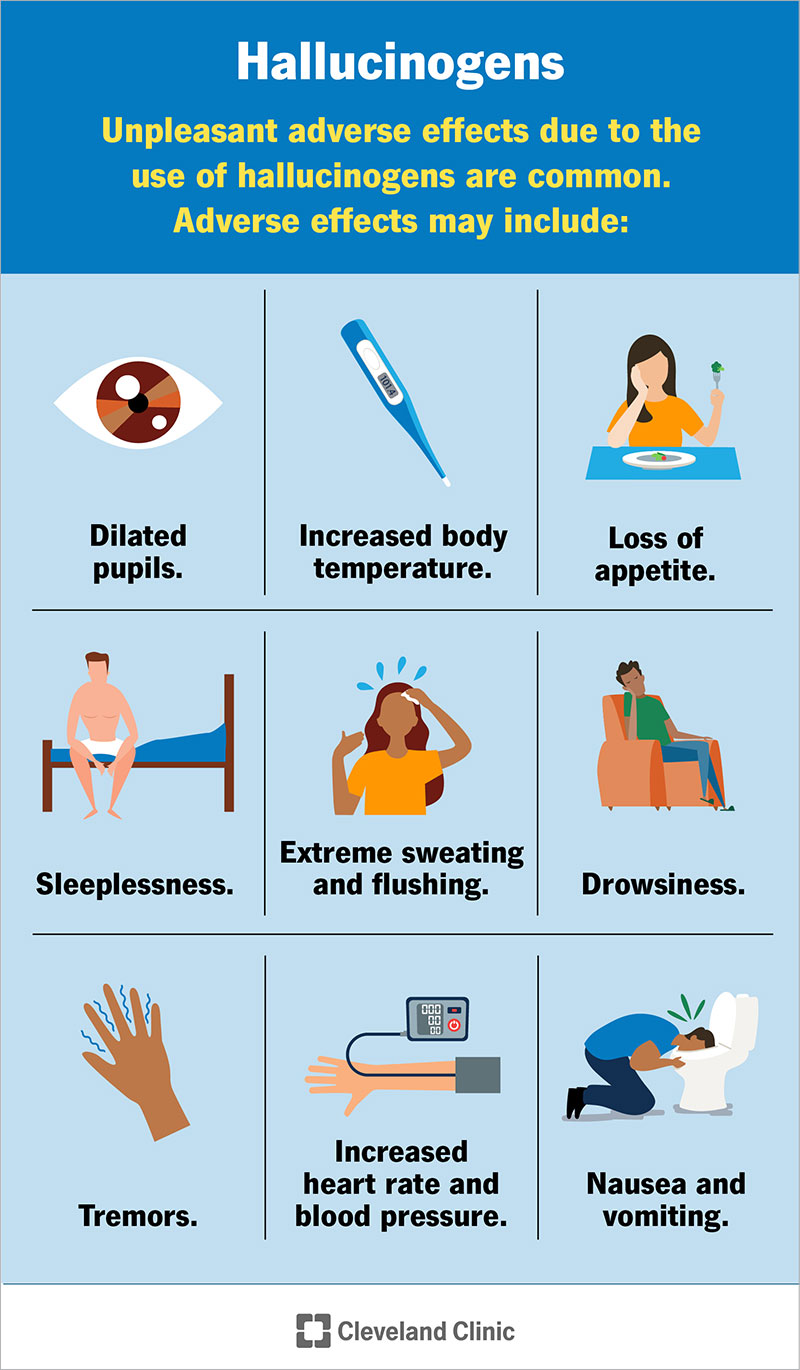Understand the Basics About Golden Psycho and Its Journey.
All Regarding Psychotomimetic Compounds: Their Role in Psychological Study
Psychotomimetic substances, such as LSD and psilocybin, have actually amassed increasing interest in psychological research study for their ability to reproduce psychotic signs and symptoms and provide understanding into various mental wellness problems. Their communications within the brain, specifically with serotonin and dopamine paths, recommend a complex connection in between awareness and neurobiology that may open novel restorative methods. As researchers proceed to investigate their potential applications, honest factors to consider surrounding their usage in medical setups become critical, increasing critical concerns regarding safety and security and educated authorization that warrant more exploration.
Interpretation of Psychotomimetic Substances
In the realm of emotional study, psychotomimetic substances are materials that can cause impacts appearing like those of psychosis, such as hallucinations, deceptions, and modified assumptions of truth - About Golden Psycho. These substances can be identified into various groups, including hallucinogens, dissociatives, and particular stimulants, each creating distinctive mental results
The pharmacological activity of psychotomimetic substances frequently involves modulation of natural chemical systems, especially those relevant to serotonin, dopamine, and glutamate. Compounds like lysergic acid diethylamide (LSD) largely act on serotonin receptors, leading to profound modifications in sensory perception and cognition.
The energy of psychotomimetics in research study lies in their capacity to simulate psychotic symptoms, offering a version for understanding the hidden devices of psychotic conditions such as schizophrenia. By studying the results of these compounds, scientists can gain insights right into the neurobiological and psychological procedures that contribute to psychosis.
Moreover, psychotomimetic substances have been explored for their restorative potential in dealing with different mental health and wellness problems, including anxiety and stress and anxiety, highlighting their twin duty in both research and prospective clinical applications.
Historic Development and Context
The exploration of psychotomimetic substances has a rich historical context that goes back to ancient people, where compounds such as psilocybin mushrooms and peyote were used in spiritual and healing methods. These early usages commonly intertwined with religious rituals, recommending a profound reverence for the modified states of awareness generated by these substances.
The mid-20th century noted a substantial switching point in the study of psychotomimetic materials, especially with the synthesis of LSD by Albert Hofmann in 1938. The succeeding popularization of LSD in the 1960s catalyzed a wave of passion in both its mental results and prospective restorative applications. Scientists started to investigate exactly how these materials could resemble psychotic states, supplying understandings right into mental disease.
Nonetheless, the enhancing association of psychotomimetics with counterculture motions resulted in governing reaction, finishing in the criminalization of much of these compounds. Despite these difficulties, the resurgence of rate of interest in the therapeutic capacity of psychedelics in the 21st century has actually prompted restored research study. This historical trajectory underscores the advancing understanding of psychotomimetic compounds, changing from spiritual compounds to topics of scientific query and, potentially, restorative pledge.
Devices of Activity
Comprehending the devices of action of psychotomimetic compounds discloses the complex means these compounds engage with the brain's neurochemistry. These substances largely apply their effects through modulation of natural chemical systems, specifically serotonin, dopamine, and glutamate. As an example, numerous classic psychedelics, such as psilocybin and LSD, primarily serve as agonists at serotonin 5-HT2A receptors, bring about modified understanding and cognition. This communication not only impacts sensory processing but also boosts psychological and introspective experiences.
In enhancement to serotonin, dopaminergic pathways are significantly influenced by substances like mescaline and particular cannabinoids, which can cause modified states of consciousness and adjustments in mood and motivation. The NMDA receptor incongruity observed with materials like ketamine highlights another pathway via which psychotomimetics might cause dissociative states and extensive changes in assumed procedures.
The neurochemical cascades initiated by these interactions cause facility and complex psychological effects. Comprehending these systems is crucial for both the advancement of psychological study and the restorative potential of psychotomimetic compounds, as they offer understandings right into the underlying neural correlates of transformed states of consciousness.
Current Research Study and Applications
Current examinations into psychotomimetic compounds have disclosed a revival of interest in their healing applications, specifically in the areas of psychiatry and psychology. Researchers have begun exploring substances such as psilocybin, LSD, and ayahuasca for their prospective to alleviate signs linked go to my blog with numerous mental health conditions, consisting of clinical depression, anxiousness, and PTSD.
Scientific tests have shown that, when provided in controlled settings, these substances can promote profound psychological experiences, promoting emotional innovations and enhanced therapeutic Get More Information results. Studies have actually revealed that psilocybin-assisted treatment can lead to substantial decreases in treatment-resistant depression, with results lasting for numerous months post-treatment.
In addition, psychotomimetic compounds are being assessed for their capacity to foster neuroplasticity, potentially permitting more reliable rewiring of maladaptive thought patterns. These searchings for suggest that such compounds may serve as adjuncts to standard psychotherapeutic methods, boosting the efficiency of therapeutic interventions.
As study progresses, the emphasis is changing towards understanding the optimal dosages, therapeutic setups, and participant attributes that can optimize the advantages of these substances. This blossoming field holds guarantee for changing mental health and wellness therapy paradigms and addressing the constraints of traditional psychological medications.
Honest Considerations in Research

Navigating the honest landscape of research study involving psychotomimetic substances is crucial to guaranteeing participant security and the integrity of research study outcomes. Scientists need to prioritize enlightened permission, making certain that participants fully understand the possible dangers and advantages connected with the materials being examined. This consists of giving thorough info about possible mental results, including acute and long-lasting impacts, and allowing individuals the chance to withdraw from the research study at any time scot-free.
IRBs review research study methods to secure participant well-being and promote honest standards. Furthermore, the capacity for coercion need to be carefully analyzed, particularly when prone populations are involved.
Privacy is one more vital factor to consider. Researchers should apply robust procedures to safeguard individuals' identities and data, specifically given the sensitive nature of experiences connected with psychotomimetic substances (About Golden Psycho). Inevitably, a commitment to moral techniques not just fosters trust fund in between scientists and participants company website yet additionally improves the credibility and legitimacy of the research end results, contributing to the innovation of psychological understanding

Conclusion
To conclude, psychotomimetic substances, particularly classic psychedelics such as LSD and psilocybin, deal considerable understandings into emotional problems through their distinct mechanisms of action. Their restorative capacity in attending to conditions like anxiety and PTSD highlights the value of ongoing research study in this area. However, guaranteeing moral standards in research study practices is crucial for participant security and educated consent, permitting a responsible expedition of these compounds' advantages and effects within emotional scientific research.